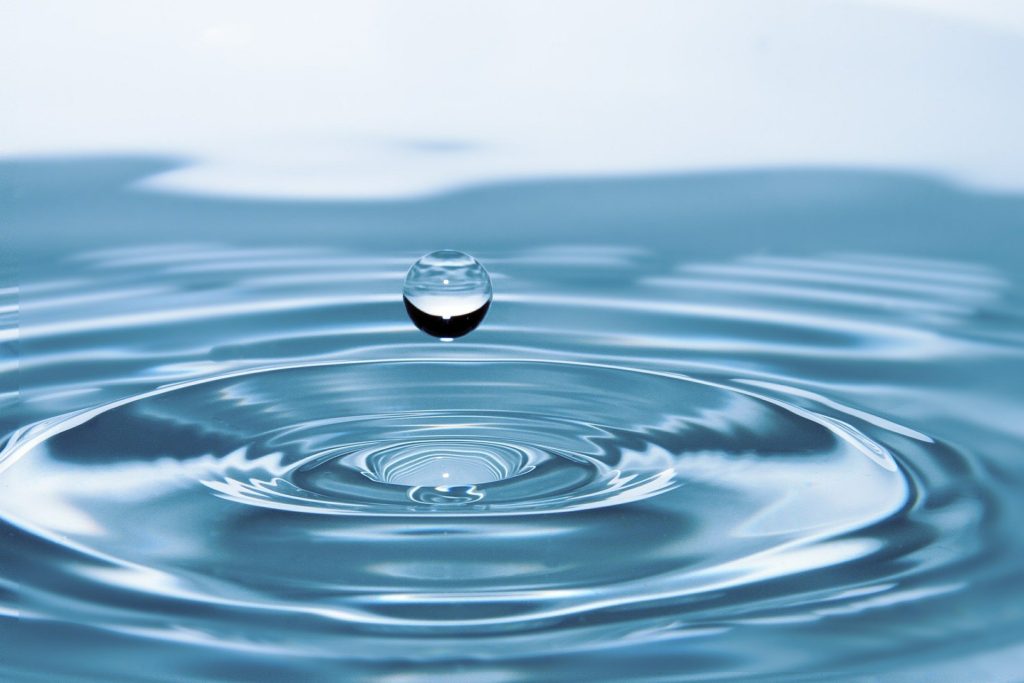On average, water accounts for about 50% to 70% of our body weight – it varies by age, gender and many other factors. There is a lot of water in fascia. In fact, fascia expert Tom Myers says the majority of water in our body is tied up in the fascia.

Water plays a key role in our bodies – including moving nutrients and chemicals through the body, getting rid of waste, lubricating joints, regulating body temperature, and acting as shock absorption for the brain and spinal cord.
In addition, water helps fascia to be pliable and wet. When water is lacking in the fascia, proteins ‘glue’ together collagen which means that the mucous in our fascia binds together, rather than allowing tissues to slide. That sliding is what we refer to as stretching. So when the fascia is hydrated, tissues can slide and we are better able to stretch and move.
In fact,
Most injuries occur when connective tissue is stretched faster than it can respond. The less it is hydrated, the less elastic response it has in it.”
Fascial Fitness: Training in the Neuromyofascial Web by Tom Myers
So how do you hydrate the tissues? Tom uses the analogy of a sponge or dishcloth to help people understand how to both hydrate the fascia, but also move water with waste chemicals out of the tissue and refresh the tissue with water and needed chemicals:
“When tissue is squeezed – and it is squeezed through tension or compression, stretching or exercising, both do it – it is like wringing out your dishcloth at the end of the dishes. By wringing it out, you disperse all the dreck in the cloth and let new clean water in. It’s the same with the tissue. A chin-up wrings out certain tissues, a squat wrings out others. Then the waste gets carried toward the liver by the lymph and vascular system, and the blood supplies new fluids to the tissue – whatever tissue it is.”
Q & A with Tom: Hydration in the Fascial Matrix by Tom Myers
He goes on to highlight how activities like yoga and pilates can help move the body through a range of motions, helping to hydrate fascia throughout the body.
I would add a further theme to his analogy… think of fascia like a delicate garment, which usually comes with a warning not to wring out the cloth too tightly or you risk damaging the fabric. Fascia is the same – it definitely benefits from tension and compression, but if you go too far, you could damage the tissues. Just like handwashing a delicate garment, it’s about compressing the garment to get water out, but stopping before you damage the fabric.
If you really want to do a deep dive into fascia with Tom Myers check out this 1 hour webinar from YogaU on How to Build the Health of Your Fascial Body: A Closeup Look at Exercise & Hydration.




